That’s where Cal Fire comes in: increasingly, the agency is focusing on preventing and preparing for wildfires as California and the rest of the West confront a future in which climate change will only make fire seasons longer, more intense, and more destructive. On Thursday, Governor Gavin Newsom signed several bills that strengthen the state’s wildfire suppression program and provides resources for firefighting and forest management.
The legislation is being enacted at a time when Cali is facing a string of calamitous fire seasons that have burnt down many houses, ravagin millions of acres and costing billions of dollars. Global warming and longer periods of dry spell are being pointed out as culprits that are contributing to worsen the conditions that favor fires all over the state, according to climate scientists.
On they contain $1 billion in new funding commitments for wildfire prevention programs over the next five years. This money will be used to increase the number of prescribed burns, develop firebreaks and remove potential fuel in hazard prone areas. Another bill makes changes to how thinning and fuel reduction work is permitted on private land.
“We’re going on offense to safeguard our neighborhoods and increase the fire fighter of our forests,” Newsom said at a bill signing event. “Many of these investments will prevent the loss of life and destruction of property and assets at the same time which can prevent catastrophic wildfire.”
There are also provisions that would enhance the preparedness response and resilience in case of an incident. Still, one of the bills under consideration calls for creation of a new wildfire prediction and monitoring system based on artificial intelligence and satellite data. One of them increases the training sessions for volunteer firefighters in rural sections.
The legislation has garnered support from the environmental groups most of which claim that even more drastic measures are required given the situation with the wildfires. “This is a good start but much more needs to be done to transition to a world that is compatible with the climate that we are now locked into,” added Michael Wara, the director of Climate and Energy Policy Program at Stanford University.
The bills sum up an increasing awareness among the lawmakers that the Fire Threat has prompted authorities to realize that California needs to shift its strategy at handling wildfires. For years, the state departments more concerned with fire suppression than on fire prevention. But they argue that the past approach of fighting fires in this manner is no longer a viable solution as fires start getting bigger and more destructive.
‘We are no longer able to respond to fires as they are occurring’. “I think we have to be much more assertive and aggressive in managing fire across this landscape,” said Scott Stephens, a professor of fire science at UC Berkeley. He said that controlled burns as well as the removal of excessive vegetation in the forests will help to build new fire-resistant environments.
The new legislation also holds various goals meant to reduce disparities with regards to impacts of wildfire on various groups of people. One bill mandates, State agencies shall designate preventive projects in low-income regions which were lagging behind in fire protection facilities. Another step increases bilingual emergency notification services.
While supporting the bills, some Republicans complain that they do not provide enough oversight on managing forests on federal land, which are home to 59% of California’s forests. Republican politicians have appealed for the expansion of timbering and mastication in national forests.
The wildfire package is contained in a larger $15 billion climate resilience program that Newsom announced earlier this year. Other components are centred on water supply and management, heat island effect reduction, and coastal defence.
Whether through changes in policy, funding or legislation, sustained investment is necessary, especially if climate change results in an even warmer summer across California, several experts said. The state is also looking at such technologies as the Artificial Intelligence early warning system as well as fire resistant construction materials.
“It’s not a one size fits all solution to our wildfire crisis but it provides additional strategies that can be employed,” remarked Wade Crowfoot, California’s Secretary for Natural Resources. “It shows that we have to keep evolving as do conditions around us and as do strategies we use.”
As another dangerous fire season may be expected, authorities are pinning their hopes on the new legislation to enhance the state’s ability to cope with the increasing fire risk. But they understand that elimination of the problem completely will take time and shall continuously need resources for several years.


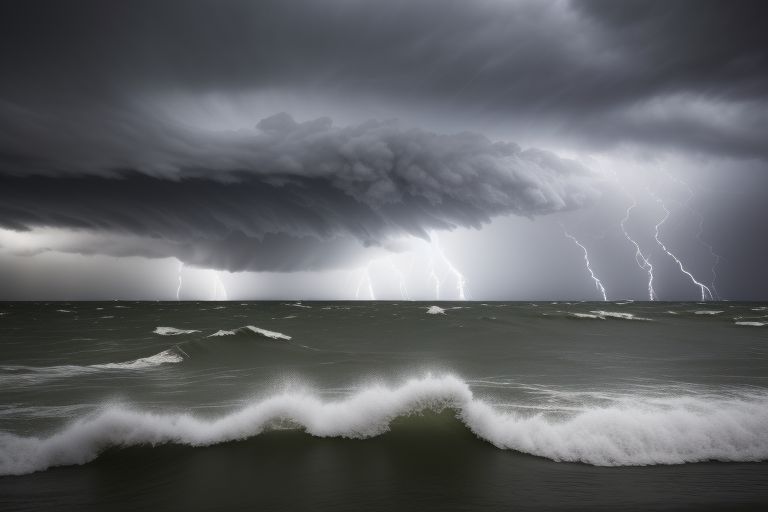


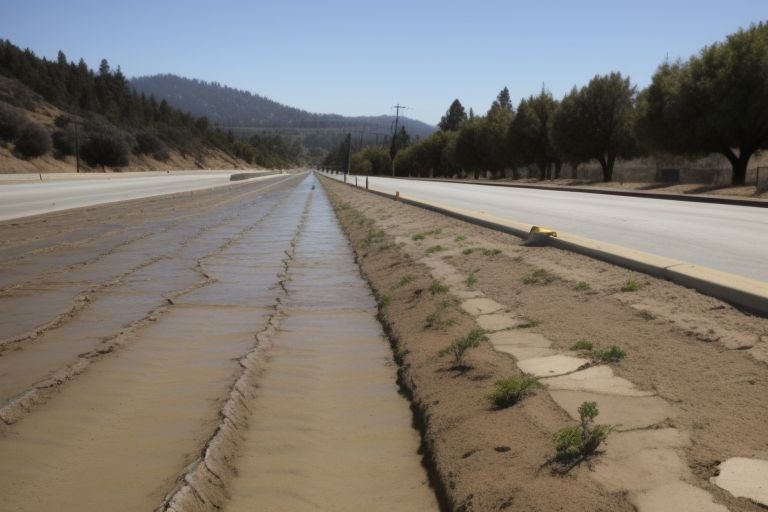
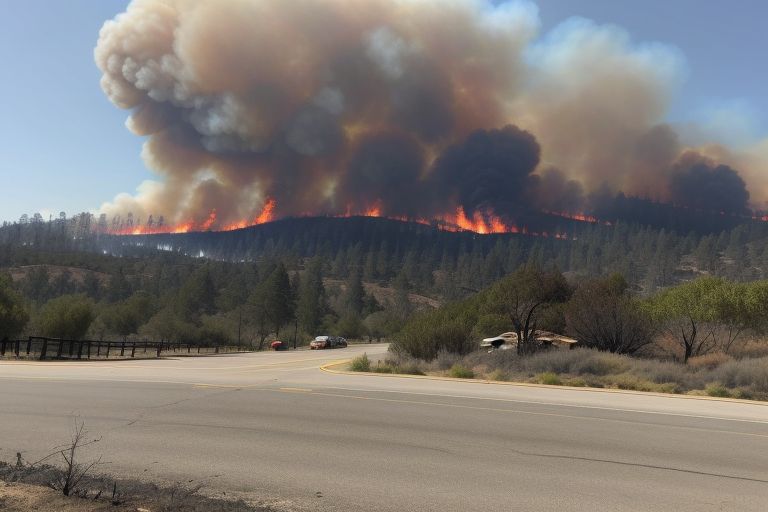
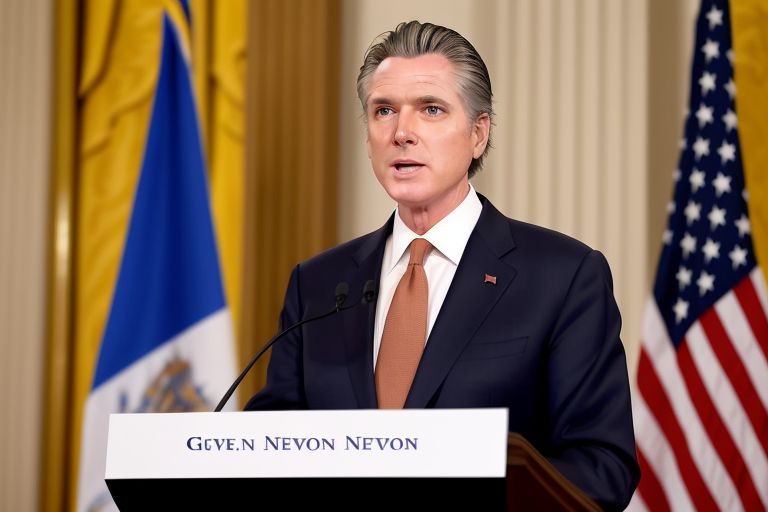

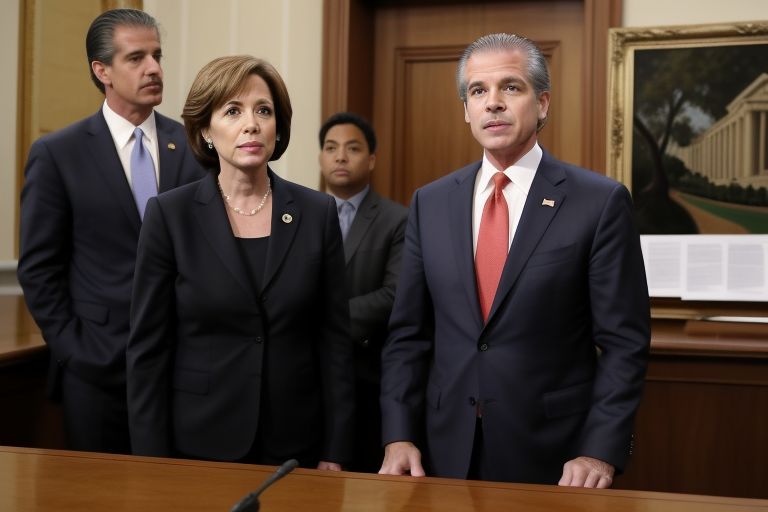

Leave a Reply